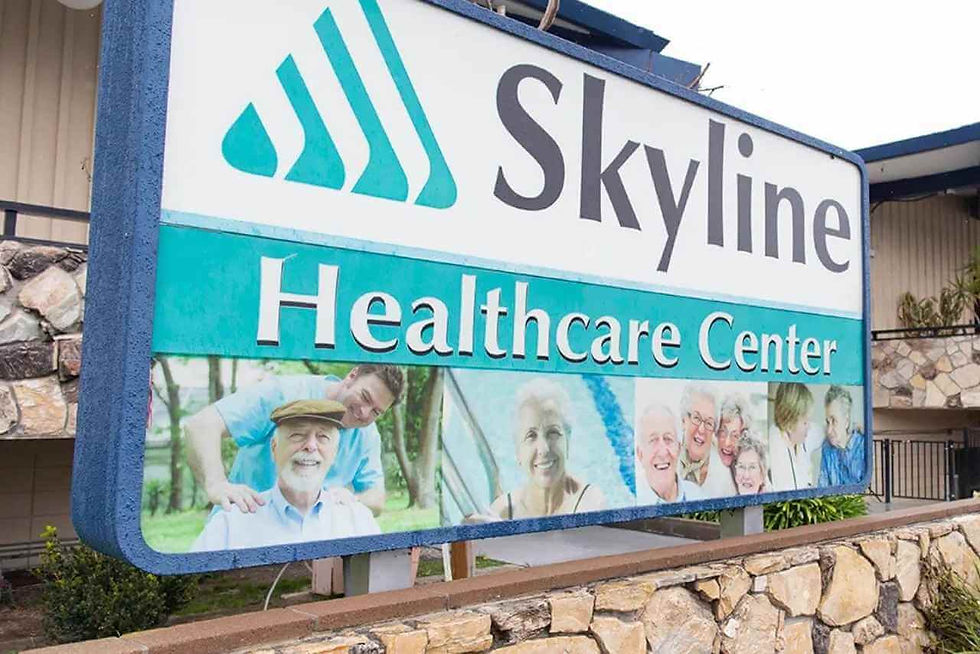Nursing Home Administrators Face Wave of 1099 Misclassification Lawsuits
- Md. Parvez
- Apr 11, 2024
- 3 min read

In the wake of intensified scrutiny from the Department of Labor (DOL), the nursing home sector finds itself embroiled in a series of legal battles centered around the classification of independent contractors. With operators now squarely in the crosshairs of litigation, the repercussions are reverberating through the industry, reshaping recruitment practices and prompting a closer examination of worker classification protocols.
Understanding the ShiftKey Lawsuits
Across jurisdictions like Massachusetts, Kansas, and Pennsylvania, operators grapple with lawsuits alleging back wages and misclassifying essential staff, particularly certified nurse aides (CNAs), as 1099 workers. Reports from reputable sources such as Skilled Nursing News, MedCity News, and Staffing Industry Analysts (SIA) shed light on these legal battles, with specific cases highlighting operators like Medicalodges in Kansas and Comprehensive Healthcare Management Services (CHMS) in Pennsylvania.
The ShiftKey Lawsuit Landscape
The crux of the lawsuits often revolves around staffing agencies like ShiftKey, which supplies 1099 workers to nursing home operators. In instances such as the lawsuit against Medicalodges, CNAs contend they were deprived of rightful compensation, including overtime pay, due to misclassification as independent contractors. While agencies like ShiftKey may not be directly implicated in these legal proceedings, the spotlight remains on nursing home operators' role in worker classification and compensation.
The Recruitment Conundrum
With licensed practical nurses (LPNs) and registered nurses (RNs) in high demand, operators have resorted to enticing pay packages under independent contractor agreements to attract talent. However, the fallout from DOL's crackdown threatens to disrupt recruitment and retention efforts. Labor and employment experts like Eric Su, caution that the allure of favorable tax positions for LPNs and RNs under 1099 arrangements may no longer be sustainable in the face of evolving regulatory scrutiny.
Clarity Amidst Ambiguity
The DOL's recent regulatory changes seek to clarify worker classification, particularly in industries like healthcare, where nuances abound. By reverting to a multifactor analysis and considering factors like the nature of the working relationship and the degree of control exerted by employers, the new rules aim to address longstanding ambiguities in worker classification.
Shaping the Future of Worker Classification
As the legal landscape evolves, industry stakeholders must navigate the shifting terrain of worker classification. While the DOL's interventions underscore a broader trend towards tighter regulations, they also signal a concerted effort to safeguard worker rights and uphold standards of care within healthcare facilities.
The Role of Staffing Agencies
Amidst the legal turmoil, staffing agencies like ShiftKey find themselves at the nexus of workforce dynamics. Positioned as matchmakers between workers and operators, these agencies must tread carefully to avoid legal entanglements while meeting the staffing needs of healthcare facilities.
Mitigating Risk and Ensuring Compliance
For nursing home operators, the ShiftKey lawsuits are a stark reminder of the importance of compliance with labor regulations. As litigation proliferates and facilities face scrutiny over worker misclassification, operators must reassess their reliance on independent contractors and explore alternative staffing models to mitigate legal risk.
Collaborative Solutions and Advocacy Efforts
Industry players are banding together to advocate for sustainable staffing practices in response to mounting legal challenges. Initiatives like the coalition formed by W2 staffing agencies in the nursing home space underscore a collective commitment to ensuring worker rights and regulatory compliance.
As the dust settles on the ShiftKey lawsuits and regulatory changes take hold, the nursing home sector faces a pivotal moment in redefining its approach to worker classification and recruitment. By embracing transparency, nursing home compliance, and collaborative solutions, operators can navigate the evolving legal landscape while prioritizing the well-being of their workforce and the quality of care delivered to residents.



Comments